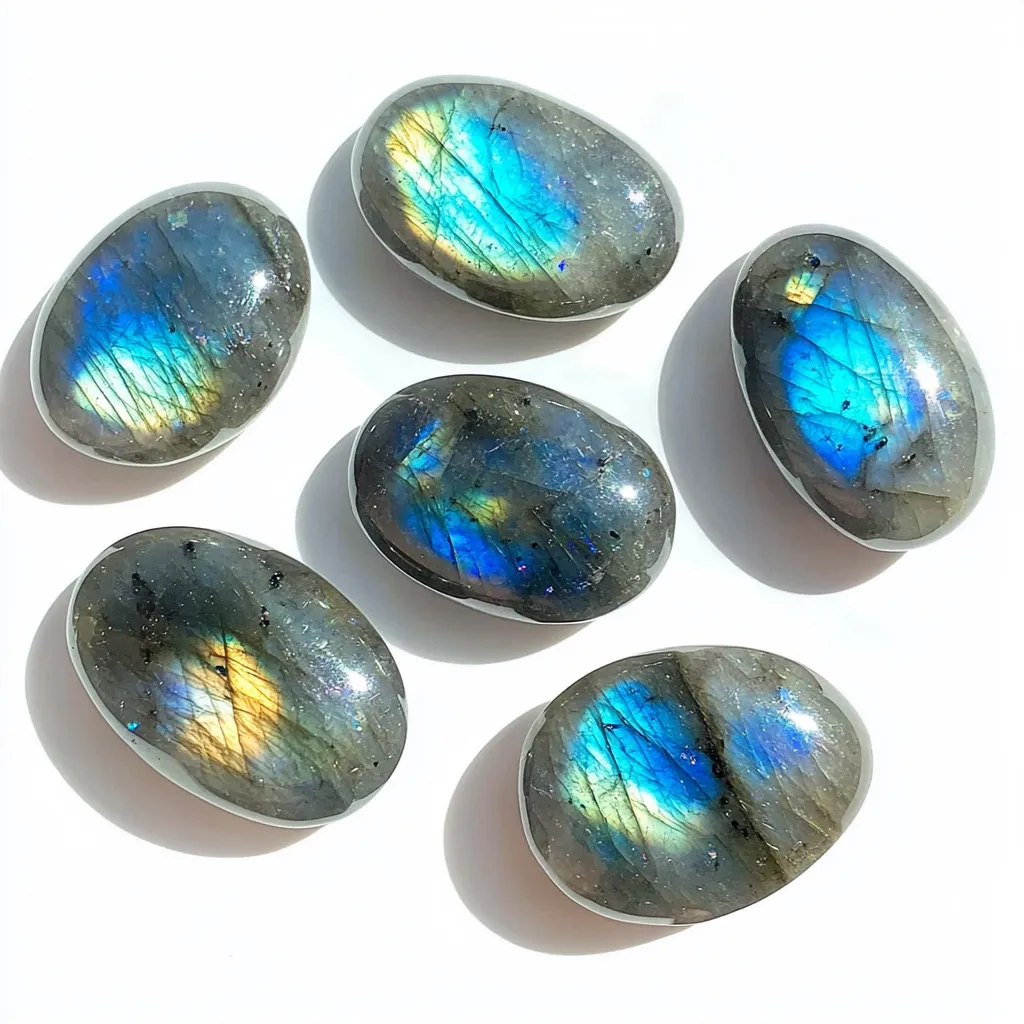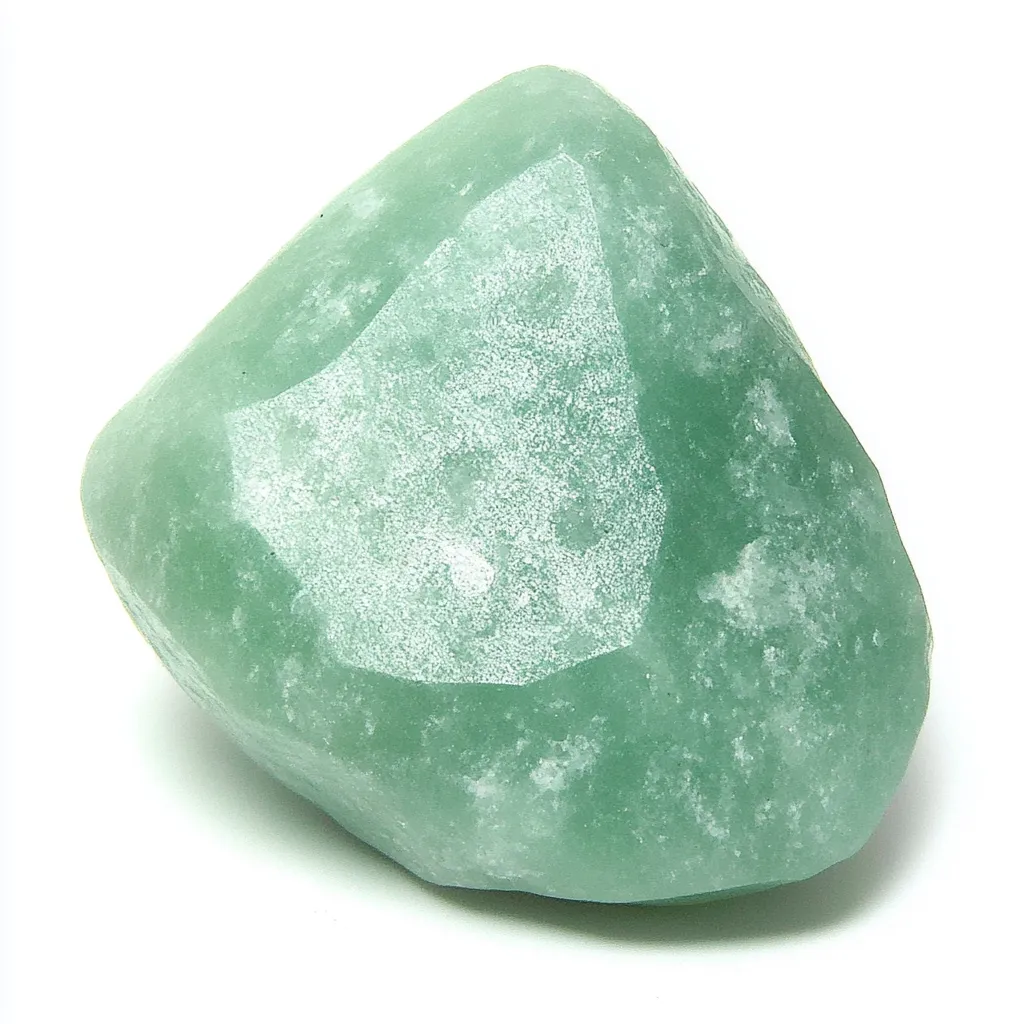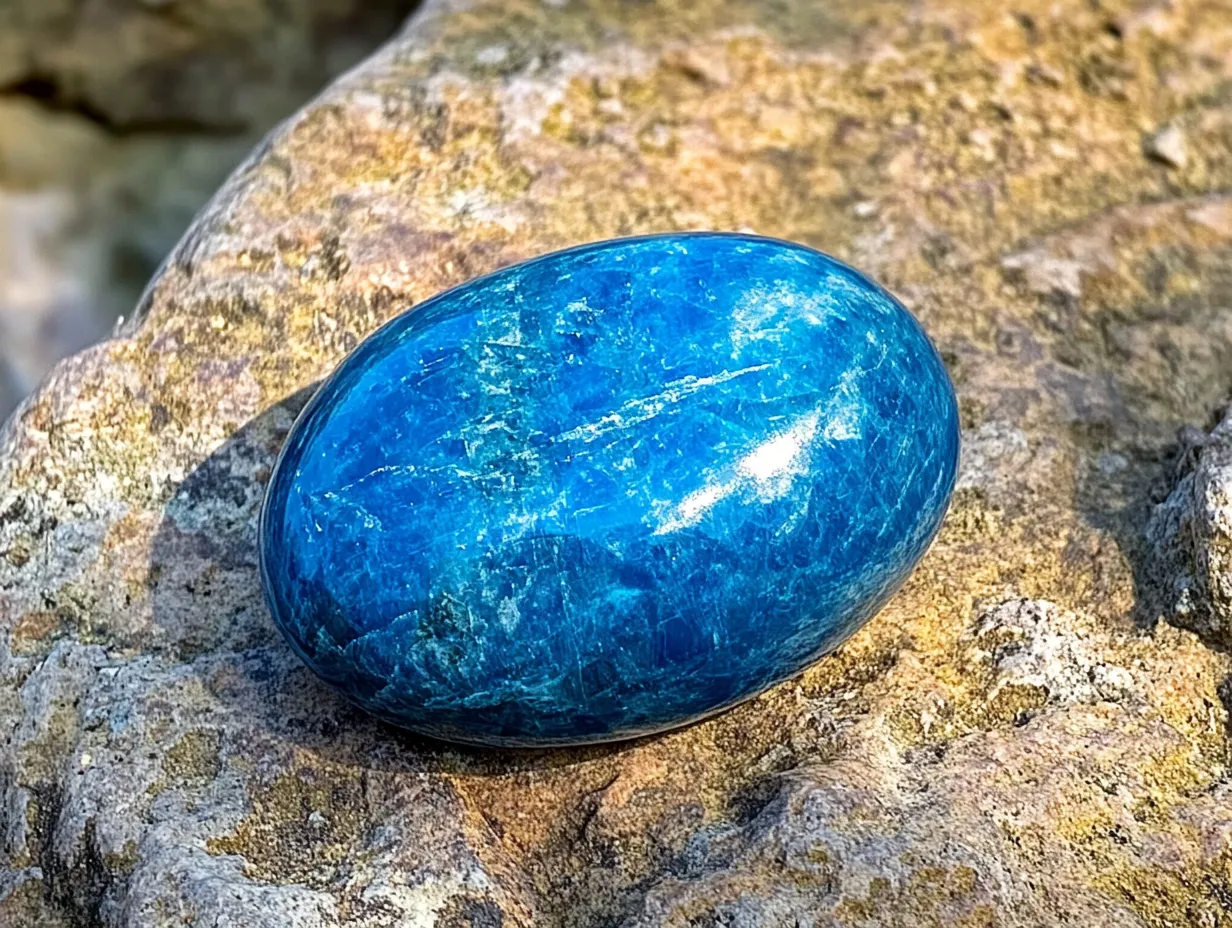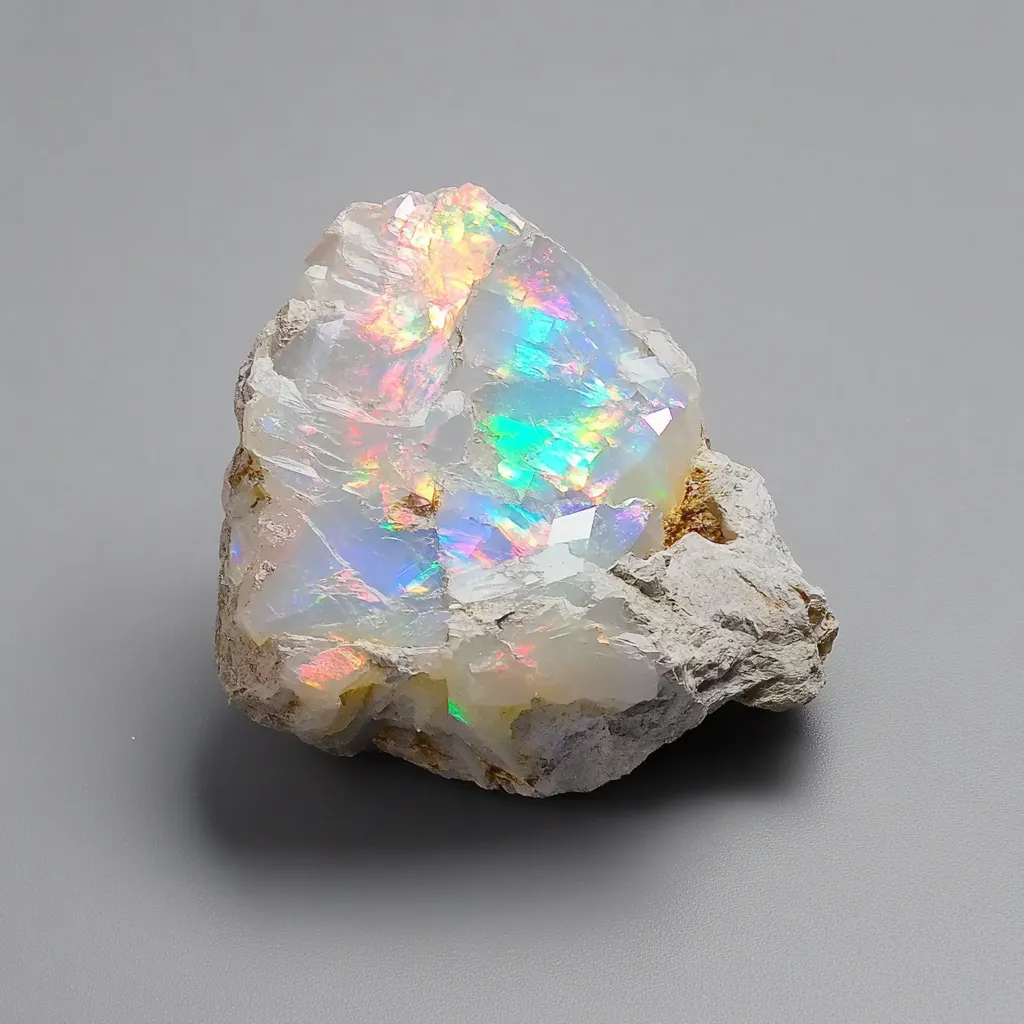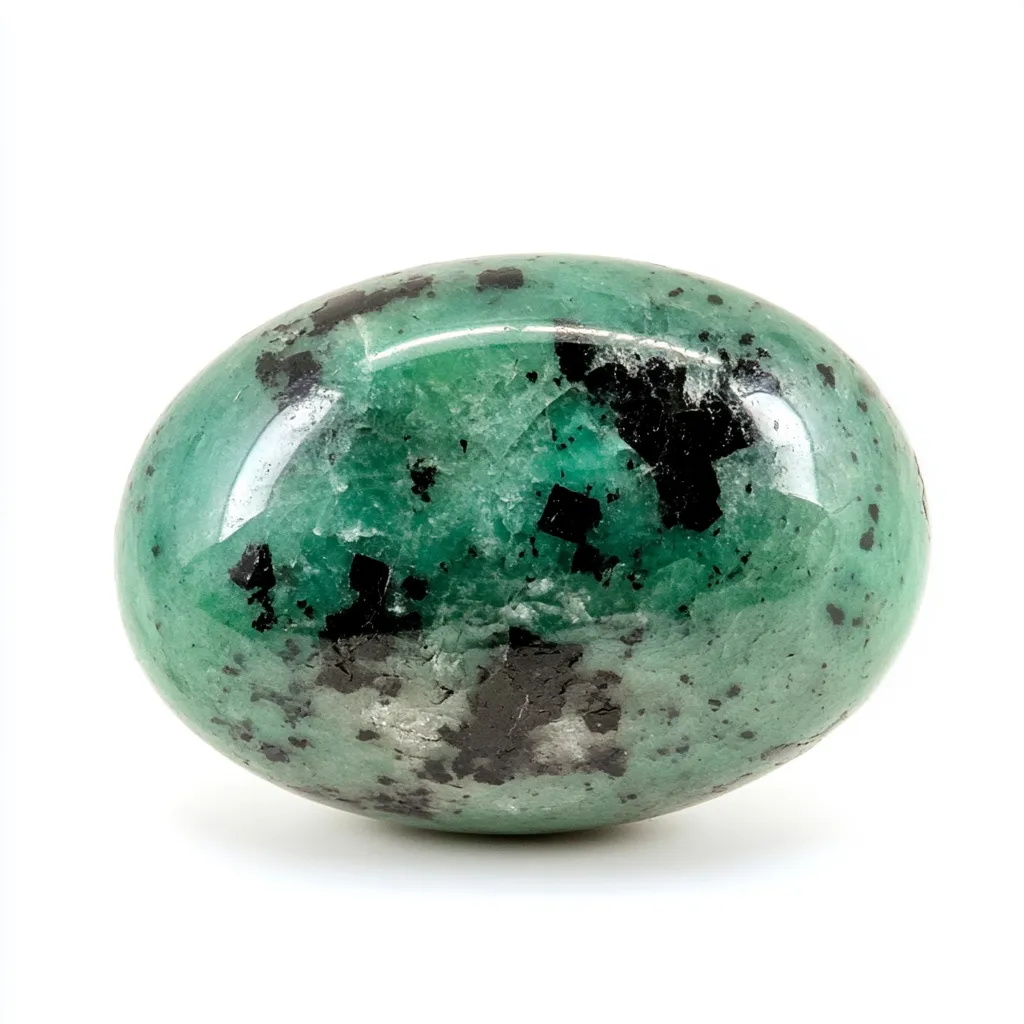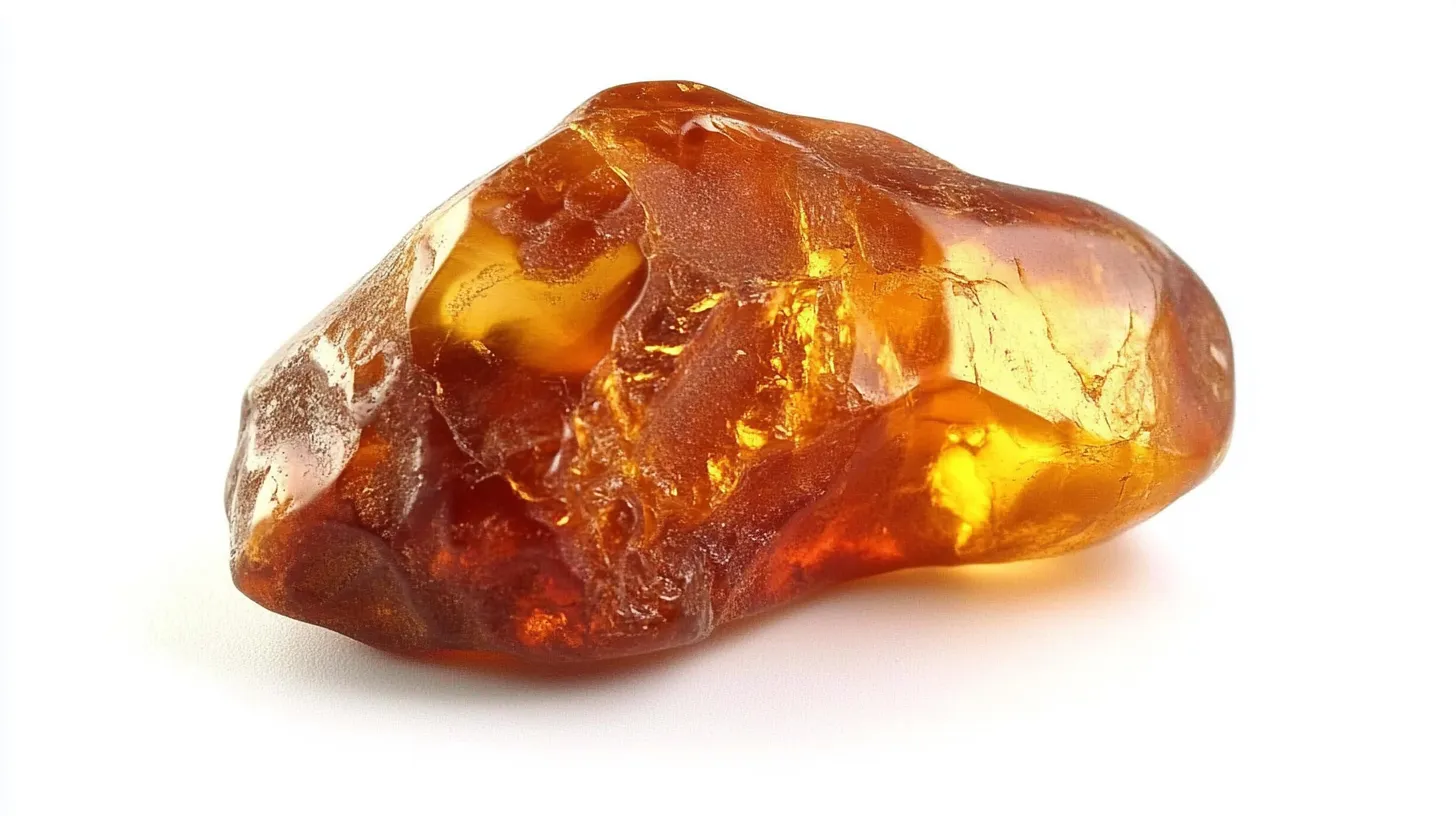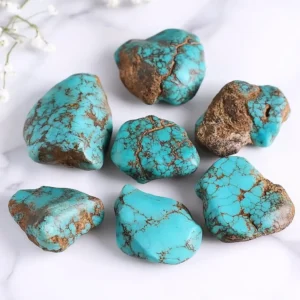

Turquoise Stone’s Significance
Turquoise is considered a stone of protection, wisdom, and peace. Often connected with the sky and water, its intriguing blue-green colors represent a link between the ground and the heavens. Many people say that wearing or carrying turquoise helps with inner calm, balance, and self-expression. For millennia, people have prized this stone as a talisman of positive fortune and defense against negative energy.
Apart from its spiritual qualities, turquoise is considered a communicator’s friend. People believe that turquoise opens the throat chakra, facilitating more genuine and compassionate communication. Whether worn as a raw stone or in jewelry, turquoise promotes clarity of ideas and emotions, enabling people to boldly express their truth.
Science & Turquoise Stone’s Origin
The hydrous phosphate mineral turquoise gets its unique blue-green hue from copper and aluminum. Copper produces the vivid blue tones; iron can affect the stone toward greener tones. It develops in arid areas where copper and aluminum seep from rock, creating their special mix over millions of years.
Mostly found in the United States, Mexico, Iran, Egypt, and China, turquoise is blue. In the American Southwest, especially Arizona and Nevada, some of the most prized varieties originate. Considered among the best is Iranian turquoise, with its deep blue and subdued matrix. Every turquoise deposit has unique qualities that distinguish every piece.
| Region | Characteristics |
|---|---|
| United States (Arizona, Nevada) | Blue-green, intricate matrix patterns |
| Iran | Deep blue, minimal matrix |
| China | Wide range of colors, webbed matrix |
| Egypt | Historic turquoise mining, lighter hues |
| Mexico | Greenish-blue shades, unique inclusions |

Turquoise Stone History
Over 5,000 years, turquoise has been used; ancient societies, including the Egyptians, Persians, and Native Americans, prized it for its beauty and protective properties. Thinking turquoise would protect them in the next world, Egyptians decorated their burial masks and jewelry. Embedding it into their swords and armor, Persian soldiers turned it into a talisman against misfortune.
Particularly the Navajo and Zuni tribes, Native Americans consider turquoise as a holy stone and use it in jewelry, amulets, and ceremonial objects. They say it offers protection and direction as well as links the wearer to the spiritual realm. The stone’s immense popularity over history confirms its status as one of the most prized gemstones on earth.
| Civilization | Common Uses |
| Egyptians | Jewelry, funeral masks, amulets |
| Persians | Armor, talismans for protection, swords |
| Native Americans | Ceremonial objects, jewelry, spiritual tools |
| Chinese | Symbol of wealth and wellness |
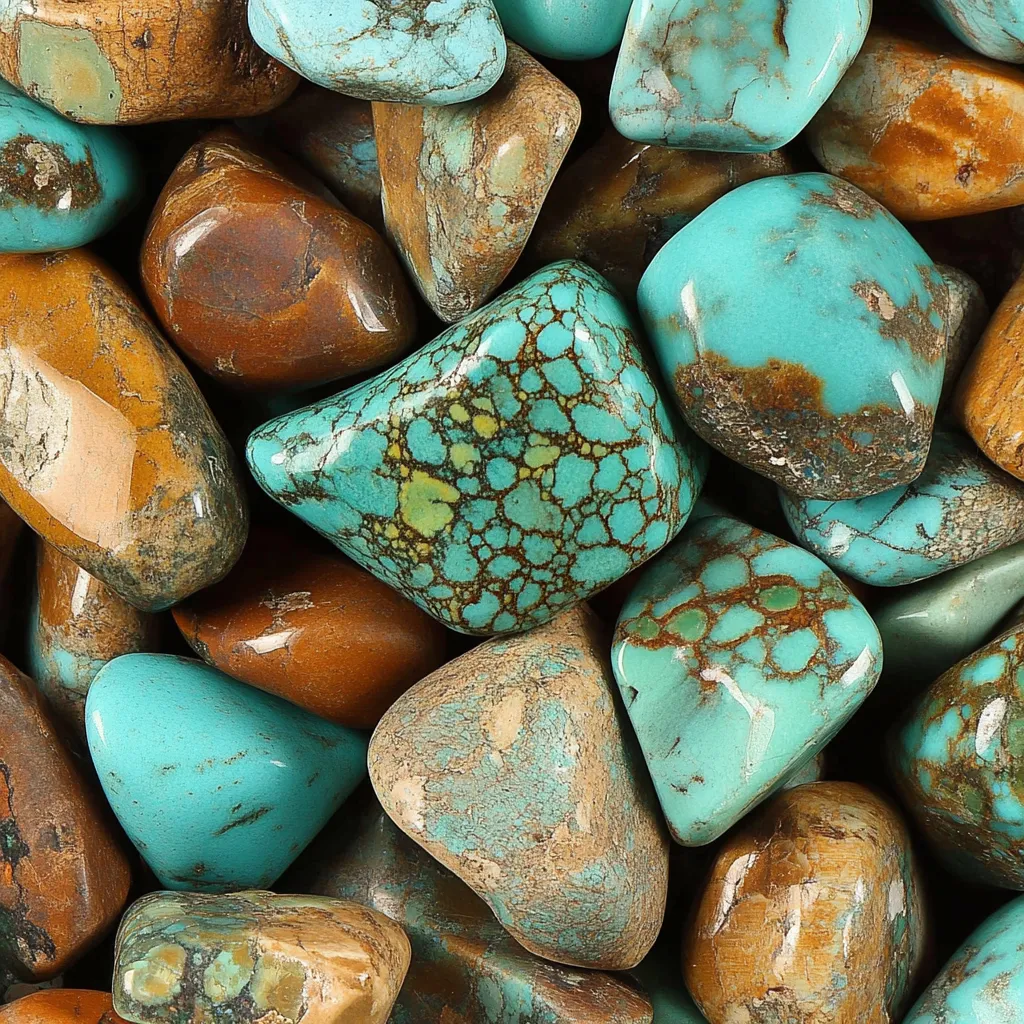
The Uses and Metaphysical Qualities of Turquoise Stone
Jewelry, home décor, and spiritual practices all make extensive use of turquoise. Wearing it as a ring, necklace, or bracelet protects and provides emotional balance by letting its energy stay near the body. To create harmony in living areas, many craftspeople also include turquoise in carvings and sculptures for home décor.
Metaphysically, turquoise is thought to clear negative energy, boost self-acceptance, and improve intuition. Many times used in meditation, it helps to increase inner peace and deepen spiritual awareness. Others balance the throat chakra with turquoise, enabling better self-expression and communication.

Various Forms of Stone: Turquoise
There are several varieties of turquoise with different qualities. Persian turquoise’s deep blue hue and lack of matrix make it highly sought after. American turquoise has a distinctive appearance and frequently exhibits intricate brown or black matrix patterns, especially when it comes from Arizona and Nevada. Sometimes showing a more webbed matrix, Chinese turquoise can vary from brilliant blue to green.
Other varieties include Sleeping Beauty turquoise, a perfect sky-blue variant free of matrix, and Tibetan turquoise, distinguished by dark veining. Turquoise is a varied and quite collectible gemstone with variances in color, hardness, and matrix patterns.
| Type | Origin | Characteristics |
| Persian Turquoise | Iran | Deep blue, minimal matrix |
| American Turquoise | USA (Arizona, Nevada) | Blue-green with a brown or black matrix |
| Chinese Turquoise | China | Wide spectrum of colors, webbed matrix |
| Tibetan Turquoise | Tibet | Deep green-blue tones, dark veining |
| Sleeping Beauty Turquoise | USA (AZ) | Pure sky blue without a matrix |

Healing Value of Turquoise Stone
Physical and emotional, turquoise is renowned for its potent healing qualities. It is supposed to support the immune system, help the body to detoxify itself, and lower inflammation. Many crystal healers treat headaches and respiratory problems as well as boost general vitality using turquoise.
Emotionally, turquoise is a peaceful stone that eases anxiety, depression, and tension. For those struggling, it’s a valuable stone since it promotes self-awareness, patience, and fortitude. Wearing or meditating with turquoise helps people feel more emotionally steady and internally peaceful.
Purifying Stone Blue
Regular cleansing of your turquoise stone will help maintain its energy. Turquoise is a rather soft and porous gemstone; thus, avoid abrasive cleaning techniques like ultrasonic or saltwater cleaners. Rather, softly rinse it under lukewarm water, then dab it dry with a soft cloth.
Smudging turquoise with sage or palo santo is another excellent way to purify it. While maintaining the stone’s natural beauty, this approach eliminates any negative energy it has absorbed. You can also arrange turquoise on a selenite charging plate to help reenergize and clear its energy without coming into direct contact with it.
| Method | Effectiveness | Notes |
| Water Rinse | Fair | Use lukewarm water; avoid prolonged soaking |
| Smudging | High | Removes negative energy, safe for all turquoise |
| Selenite Charging | High | Best for delicate stones, non-contact method |
| Darkness Storage | Moderate | Gentle cleansing but takes longer |

Charging Stone with Blue Hue
Charging turquoise helps it to regain its energy and improve its metaphysical qualities after cleansing. Under moonlight, particularly during a full moon, turquoise is one of the safest colors to charge. The modest lunar energy rejuvenates the stone without damaging it.
To infuse the stone with fresh energy, another approach is by means of sound vibrations—that of singing bowls or tuning forks. Sound waves realign the natural frequencies of the stone and assist in releasing stationary energy. Burying turquoise in soil for a few hours will replenish its energy for those who choose an earth-based approach by allowing it to be once more connected with nature.
Turquoise Stone’s Meanings in Divination
In divining, turquoise is a stone of wisdom, truth, and direction. In crystal readings, it is frequently used to expose secret truths, advance clarity, and offer understanding of personal problems. Many people think that turquoise improves intuition, so it facilitates the interpretation of faint cosmic signals.
| Aspect | Interpretation |
| Accuracy & Transparency | Increases self-awareness and honest communication |
| Defense | Wards off negative influences during readings |
| Sensual Sense | Deepens the relationship with higher guidance |
| Decision-Making | Promotes sensible and intuitive equilibrium |
For its beauty, healing qualities, and spiritual meaning, turquoise is still among the most prized gemstones. This timeless stone brings balance, protection, and wisdom into your life whether you wear it, meditate with it, or use it in divination.

Questions and Answers
Further Information on Turquoise
Turquoise mines: a source of special beauty
Mostly depending on its source, turquoise’s color and quality define its Among the most well-known blue mines are those in Egypt, China, Iran, and the United States. Among them, Nevada turquoise mines are especially well-known for turning out premium stones with distinctive color variations, including blue, green, and even rare orange tones.
Variations in Turquoise Stone
Each of the several varieties of turquoise stone sets itself apart with color, matrix pattern, and origin. Among the most striking varieties are:
- Green turquoise gemstone, derived from iron rather than copper, provides its hue.
- Orange turquoise is a rare and striking variation distinguished from conventional blue or green turquoise by warm hues.
- Often favored for spiritual use and handcrafted jewelry, raw turquoise keeps its natural form.
Types of Turquoise and Their Features
| Turquoise Type | Color Variation | Unique Characteristics |
|---|---|---|
| Green Turquoise | Green shades | Iron-based coloring |
| Orange Turquoise | Warm orange hues | Extremely rare variation |
| Raw Turquoise | Natural blue/green | Unpolished, used in spiritual applications |
Comparing Aquamarine to Turquoise: Appreciating the Differences
Though both aquamarine and turquoise are beautiful colored jewels, they have different qualities. Usually transparent to translucent, aquamarine is various beryl that falls from light blue to bluish-green. Turquoise, on the other hand, is opaque and changes in hue depending on its mineral composition from blue and green. Although both stones represent peace, turquoise has more historical significance regarding protection and spiritual well-being.
Comparison Between Aquamarine and Turquoise
| Feature | Aquamarine | Turquoise |
|---|---|---|
| Transparency | Transparent to translucent | Opaque |
| Color Range | Light blue to bluish-green | Blue, green, orange |
| Historical Significance | Symbolizes peace | Protection and spiritual well-being |
| Composition | Beryl variety | Hydrated phosphate of copper and aluminum |
Turquoise’s Birthstone Month
Turquoise is considered the birthstone for December. Those born in this month are supposed to gain from the protective and healing qualities of the stone. A popular choice for birthstone jewelry and a sign of good fortune and positive energy, turquoise is a beloved gift for December birthdays.
The Meaning of Turquoise
Turquoise’s value relies on color, purity, matrix pattern, and origin, among other things. The most valuable is premium turquoise with a pure, vivid blue hue and little to no matrix (veining). Because of their rarity and outstanding quality, stones from famous turquoise mines—including those in Nevada—demand more.
Turquoise Stone’s Advantages
Many civilizations hold turquoise stone to be beneficial and attribute different metaphysical and healing qualities to it. Turquoise is said to help with emotional balance, improve communication, and shield the wearer from negative energy. In traditional medicine, it has been used to help with respiratory problems, stress management, and inner calm bringing.
Turquoise’s Aesthetic Pleasure
In jewelry making, interior design, and fashion, the blue color is much valued. The stone’s vivid colors and natural appeal make it a favorite among designers and collectors alike, whether set in silver, gold, or left in its raw turquoise form. Its adaptability lets it accentuate modern and conventional designs.

